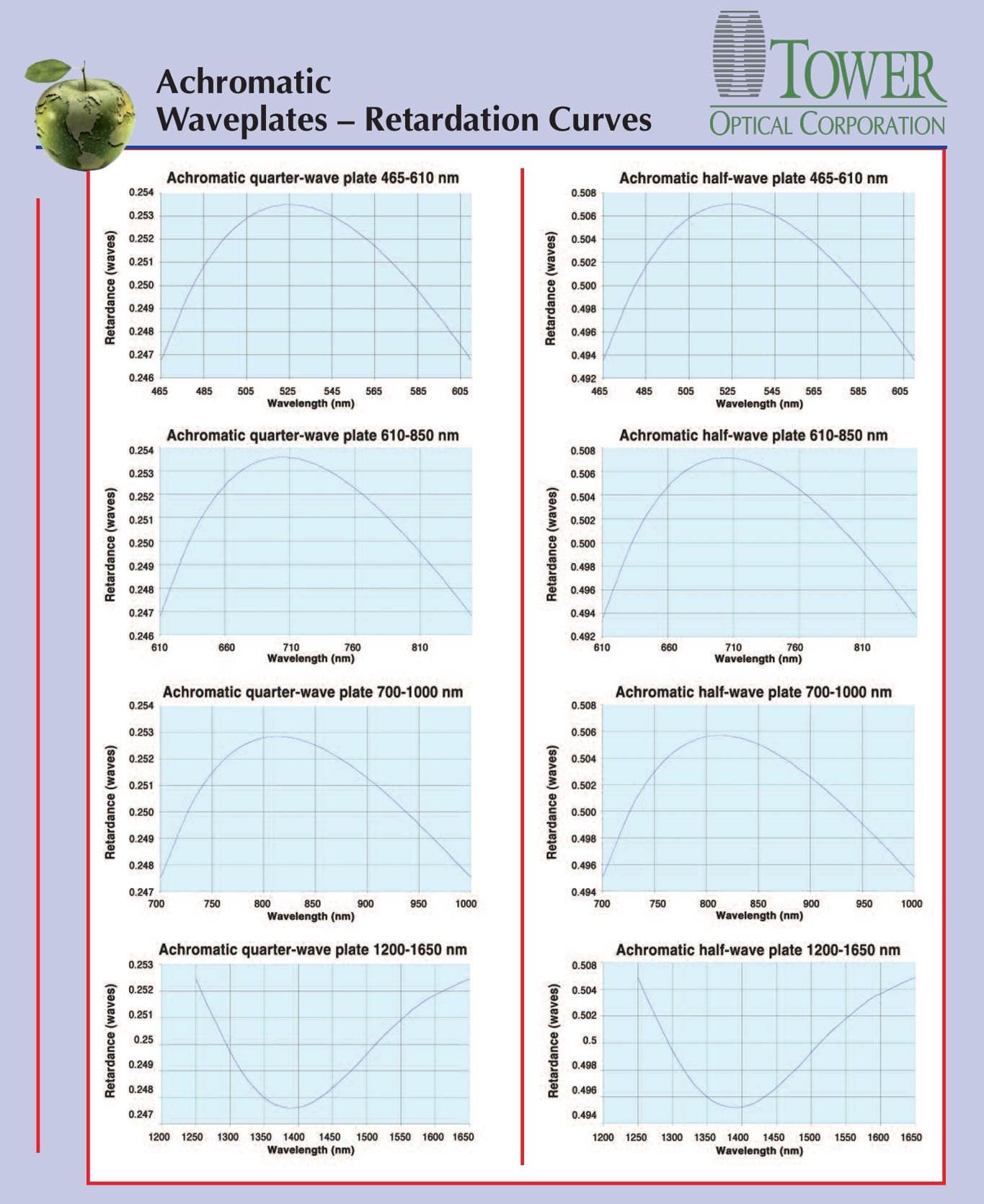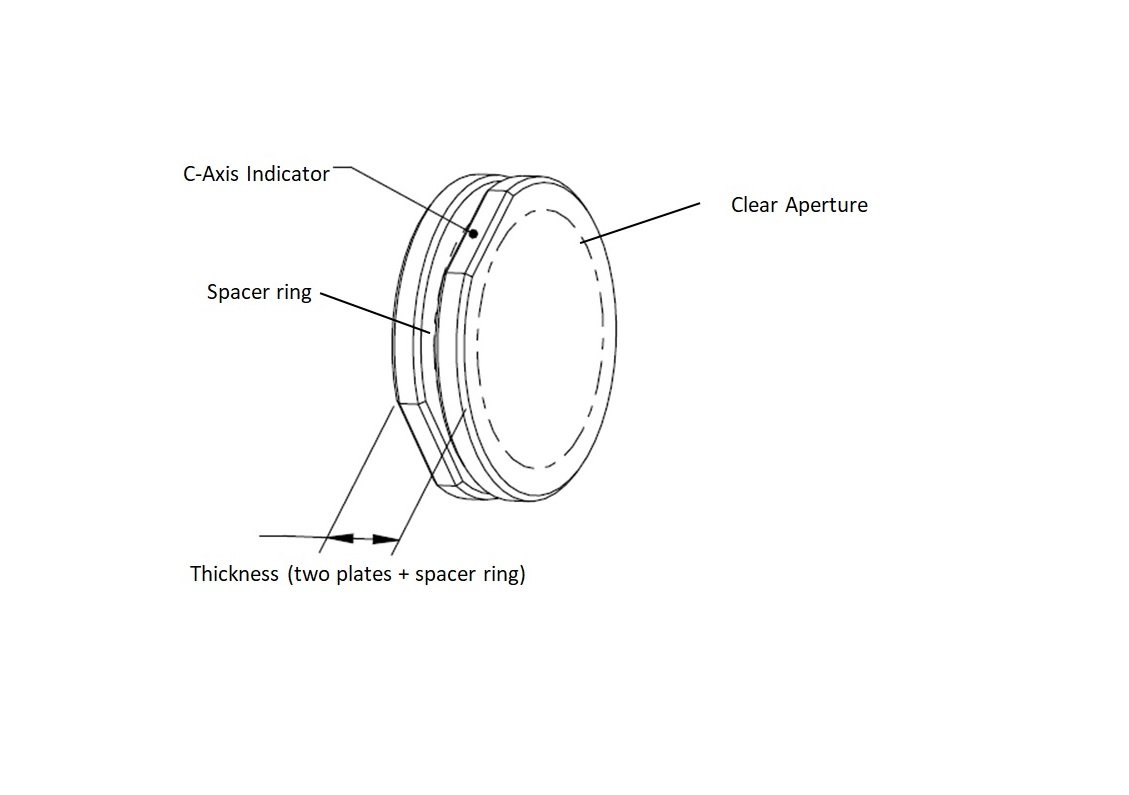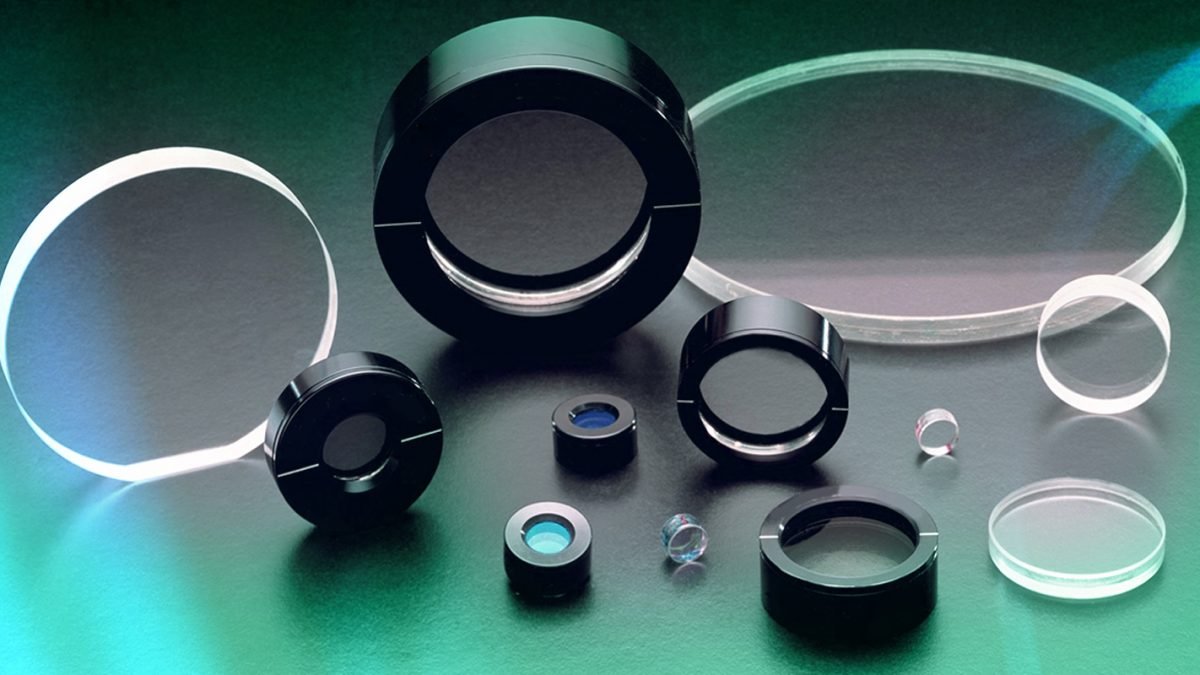
Tower Optical: Precision Custom Prisms for Your Optical Applications
Tuesday, 18 June, 2024
Tower Optical Corporation Acquires UVI Photonics Technologies.
Thursday, 1 August, 2024By Yoany Rodriguez PhD
If you need to alter the polarization direction of your light beam, control the polarization state, or change from circular to linear polarization (or vice versa), you’ll need to use waveplates.
A waveplate is typically a birefringent crystal with precisely chosen thickness and orientation. Its purpose is to introduce a phase difference or retardance between the orthogonal components of electromagnetic light.
When a waveplate introduces a 90° phase difference, it’s called a quarter-wave plate, while one that introduces a 180° phase difference is a half-wave plate.
Waveplates generally introduce a phase difference for a specific wavelength and orientation relative to the light propagation direction. Temperature can also affect retardation.
Types of Waveplates
Tower Optical offers three basic types of waveplates:
1. Multiple Order Waveplates

These waveplates are designed so that the light’s retardance undergoes a specific number (N) of full wavelength shifts plus a fractional design retardance. Tower’s multiple order waveplates comprise a single piece of laser quality crystal quartz. Because their retardation is the desired fraction (L/4, L/2) plus some integer number of waves, they are many times more sensitive to temperature and wavelength than zero order waveplates. Therefore they perform well only in laboratory environments and in monochromatic light.
2. Achromatic Waveplates

These provide retardance that’s relatively wavelength-independent over a broad spectral range. Super achromatic waveplates offer even greater wavelength independence over an extended range. Achromatic is similar to a zero order waveplate, which is made from two pieces of crystal quartz except that the AWP is composed of one piece of crystal quartz and one piece of magnesium fluoride, MgF2. Both of these materials are birefringent, however, by proper matching of the birefringent changes of the two materials, retardation changes are minimized as the wavelength changes. This phenomenon produces a waveplate whose change in retardation is extremely small for large variations in wavelength.
3. Zero-Order Waveplates

Designed to introduce a phase difference of exactly one-half, one-quarter wave or custom retardation, these waveplates have lower dependence on wavelength and temperature compared to multiple order types. These waveplates are air spaced, having a stainless steel spacer between two crystal quartz plates that form the zero order capability. Zero order waveplates are far less sensitive to temperature variations than multiple orders. Air spaced waveplates have higher thermal stability and power handling capability than contacted or cemented. They are no failures as occur with contacted waveplates coming apart. Angular alignment of the waveplates is also more accurate.
Tower Optical offers waveplates for wavelengths between 237 nm and 2021 nm, with popular options including air-spaced Crystal Quartz models that are mounted and AR coated. Custom solutions are also available.
In addition to waveplates, Tower Optical provides various optical components such as filters, beamsplitters, flat optics, beam expanders, micro prisms, optical windows, and laser mirrors.
For a quotation on your optical solution, submit a drawing to Tower Optical.



